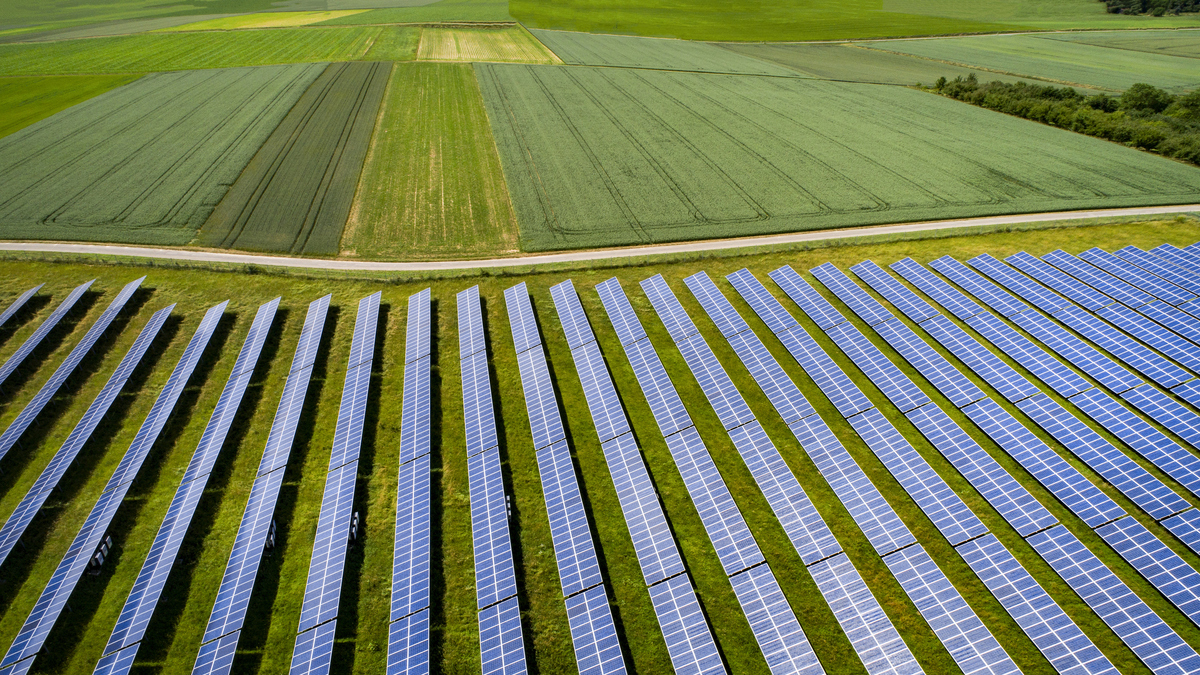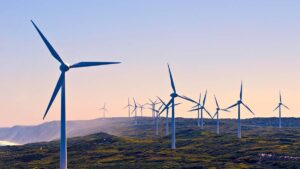Power Up: Can Australia actually crank up renewable energy adoption?

Winning hearts and minds could be just as important for the development of large-scale renewable energy projects. Pic: Getty Images
Australia’s adoption of renewable energy – at least at the grid-scale – has been woeful in recent months with new investments and approvals slowing to a crawl.
While rooftop solar continues to grow from strength to strength, its large counterparts have failed to match this growth… though this is a problem that has been recognised and is being addressed.
Victoria for one is planning to accelerate the development of some $90bn worth of projects that have been stalled by red tape, following NSW approving 18 projects throughout 2023 that have the potential to power more than 1.5 million homes.
However, moves to cut red tape have run into opposition from various groups with farmers in Victoria expressing concern that they are eroding property rights.
What it does illustrate is that speeding up renewable energy development isn’t just about cutting red tape or securing investment, it is also about winning the hearts and minds of people.
Survey says plenty more needs to be done
Last week, Australia’s national science agency CSIRO released results of the most comprehensive survey of Australians’ attitudes toward the renewable energy transition and the results might be a little sobering.
While it found that most Australians supported change towards an energy system that relies more on renewables, energy affordability ranked high on their concerns.
Additionally, the number of those preferring a moderately paced transition (47%) was slightly higher than those who prefer a faster and more extensive change (40%).
People living out in regional areas were also less likely to tolerate the development of renewable energy projects or their supporting infrastructure near where they live.
Solar farms were the most tolerated while transmissions lines were the least despite their importance to getting renewable energy where it is needed.
These findings have some interesting implications.
What it all means for renewable energy
First off, the finding that 82% of Australian’s rank energy affordability is one that companies developing new projects need to be aware of.
It means that new developments need to be capable of delivering power into the grid at a reasonable cost to consumers.
What reasonable can vary, but it is safe to say that any hopes that it will be as high as gas prices have soared to in recent years isn’t.
And with renewables tending to flood the grid during the times when there’s plenty of sun – to the point that supplying electricity at those times could yield you nothing for your effort, it is worthwhile for projects to consider including batteries that can take some of this surplus and feed it into the grid during peak periods.
Meanwhile, the finding about how Australians view the pace of the renewables transition should ring alarm bells as it suggests that we are still not fully on board with why renewable energy is needed.
It indicates that more needs to be done to educate people about why we need to achieve net zero emissions, the role renewable energy plays in this and to address the multitude of myths that are quoted by those who think it is all one big conspiracy.
The last point is tricky given that the opposition from farmers in Victoria relating to property rights shows it is an entirely legitimate concern that needs to be carefully addressed.
Taken together, it says that quite a fair bit needs to be done in terms of education and community outreach to ensure that people are on board with the need to deliver faster renewable energy adoption.
Doing so is at least as critical as the other aspects needed such as approvals and investment as it could cut back significantly on opposition that could hinder development.
Maybe then can we actually speed up the pace.
Related Topics
UNLOCK INSIGHTS
Discover the untold stories of emerging ASX stocks.
Daily news and expert analysis, it's free to subscribe.
By proceeding, you confirm you understand that we handle personal information in accordance with our Privacy Policy.








